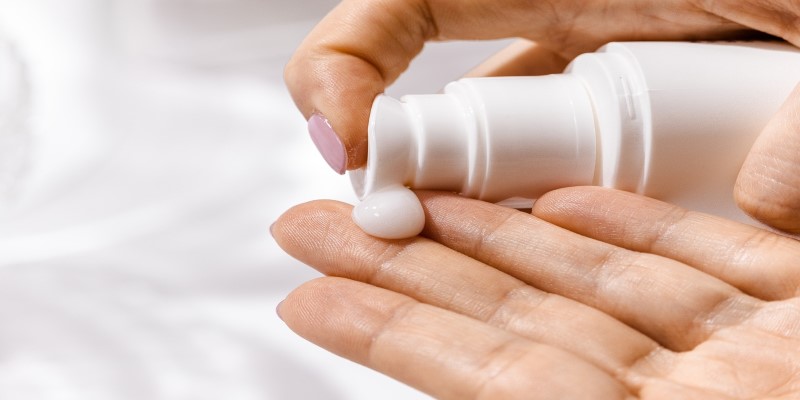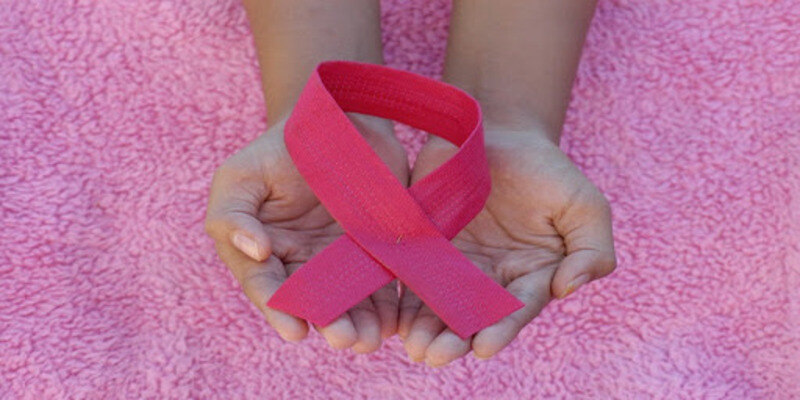Rosacea is a prevalent dermatological condition that impacts a substantial number of individuals worldwide; nonetheless, it remains mostly misconstrued. It is crucial to possess a comprehensive awareness of rosacea due to the significant psychological and emotional burden it imposes. The presence of chronic erythema on the facial region, often accompanied by telangiectasia and papulopustular lesions, is a characteristic manifestation of rosacea. The timely identification and implementation of appropriate medical interventions have the potential to manage symptoms and impede the advancement of rosacea, despite its chronic nature and absence of a definitive remedy. This article aims to provide assistance to individuals who are dealing with the challenges of rosacea or seeking strategies to support those affected by it, by offering a comprehensive understanding of the condition, its various manifestations, and practical approaches for effectively managing and adapting to this dermatological disorder.

Rosacea: Definition, Signs, Impact on Skin and Life
Rosacea is a dermatological disorder characterized by chronic inflammation mostly affecting the central region of the face. While the typical age range for its manifestation is often between 30 and 50 years old, the commencement of this phenomenon is not exclusively limited to this particular timeframe.
Common Signs and Symptoms
The diagnosis of rosacea may be established by identifying the distinctive symptoms associated with the condition, which can vary in severity from moderate to severe. Examples of persistent erythema, dilated blood vessels (telangiectasia), and flushing might be seen in this context. The presence of papules and pustules resembling acne, together with a concurrent feeling of burning or stinging, may also be seen.
Impact on Skin Health and Appearance
The impacts of rosacea extend beyond surface manifestations. The psychological and emotional ramifications of rosacea may be as substantial in magnitude as its physical manifestations. Individuals with rosacea may have heightened self-consciousness over their physical appearance, perhaps leading to the development of social anxiety and subsequent avoidance of social situations.
Types of Rosacea and How to Differentiate Between them
This complicated dermatological condition, known as rosacea, has a range of distinct manifestations, each characterized by unique symptoms and visual characteristics. In order to ensure accurate diagnosis and effective treatment, it is essential to possess a comprehensive understanding of these distinct subgroups:
- The first type of Rosacea is known is Erythematotelangiectatic. It is characterized by enduring facial redness and the presence of telangiectasia, which are dilated blood vessels. This condition is also accompanied by episodes of flushing and heightened sensitivity to certain triggers, such as exposure to sunlight and consumption of spicy foods.
- Papulopustular Rosacea is distinguished by enduring erythema and vasodilation, with the presence of papules and pustules resembling acne.
- Phymatous Rosacea is characterized by the presence of thickened and bumpy skin, particularly on the face, with a notable extension of facial features, most prominently seen in the nose (referred to as rhinophyma).
- Ocular Rosacea is primarily characterized by symptoms such as dryness, itching, burning, and redness, mostly affecting the ocular region.
While a definitive treatment for rosacea remains elusive, it is crucial to differentiate between its many subtypes in order to facilitate the administration of suitable therapeutic interventions. The use of many therapies and modifications to one's lifestyle may lead to a reduction in symptoms and an improvement in quality of life.

Possible Causes and Triggers
Scholars have put up the hypothesis that several factors, including genetics, environment, and vascular conditions, contribute to the onset of rosacea. However, a conclusive understanding of its underlying cause has not yet been determined. Genetics has a substantial impact, since those with a familial history of rosacea are more susceptible to developing the disorder. The genetic interaction elucidates a potential hereditary characteristic, although being a minor component within the broader context.
Environmental Triggers
The exacerbation of rosacea symptoms due to environmental variables poses additional challenges in the treatment process. Exposure to sunlight and artificial sources of ultraviolet (UV) radiation has the potential to induce skin erythema and exacerbate inflammatory reactions. The dilation of facial blood vessels occurs in reaction to the use of hot or spicy substances, as well as alcohol and hot beverages. Exposure to severe temperatures, such as excessive heat or cold, may significantly exacerbate the already challenging process of managing rosacea.
Genetic and Hormonal Influences
Certain individuals may have a higher propensity for developing rosacea as a result of inheriting genetic variants that provide an elevated susceptibility. There is speculation about the potential impact of hormonal influences, particularly in relation to women. The start or worsening of rosacea has been associated with fluctuations in hormone levels, such as those seen after menopause or pregnancy.
Treatment Options and Lifestyle Changes
The use of medication, namely oral antibiotics, has the potential to mitigate inflammation and effectively address the presence of papules and pustules in cases of rosacea that are classified as moderate to severe. Topical use of creams and gels containing metronidazole or azelaic acid may also be utilized for the treatment of redness and pimples.
Physicians may advocate the use of low-dose oral isotretinoin, a commonly prescribed medication for acne, in cases with severe rosacea. The topical medications brimonidine and oxymetazoline have shown efficacy in the constriction of blood vessels, resulting in a temporary reduction of redness.
Lifestyle and Home Remedies
The management of rosacea necessitates a comprehensive strategy that encompasses medical intervention, lifestyle modifications, and the incorporation of natural remedies. It is advisable for individuals to acquire the ability to identify and refrain from consuming foods and beverages, as well as to be aware of environmental circumstances that trigger or exacerbate their symptoms. In order to mitigate skin irritation, it is advisable to adhere to a mild skincare routine that incorporates fragrance-free and non-comedogenic products.
The use of green-tinted or mineral-based cosmetics has the potential to temporarily conceal the visible signs of redness and flushing. The use of sunscreen with broad-spectrum properties, in conjunction with the use of protective clothing, has the potential to mitigate the risks associated with skin cancer.
Conclusion
Rosacea is a multifaceted dermatological condition characterized by chronic facial erythema, which may exert a profound psychological toll on those affected by the ailment. The efficacy of symptom management relies on three fundamental pillars: medical intervention, modifications in behavior, and recognition of environmental triggers. Although a definitive cure for this debilitating dermatological condition remains elusive, timely identification and a range of therapeutic strategies have the potential to significantly improve the well-being of those grappling with it.




